Iron Ore Fines
Supplying high-grade iron ore fines (51%–58.5% Fe) ideal for sintering and pelletizing.
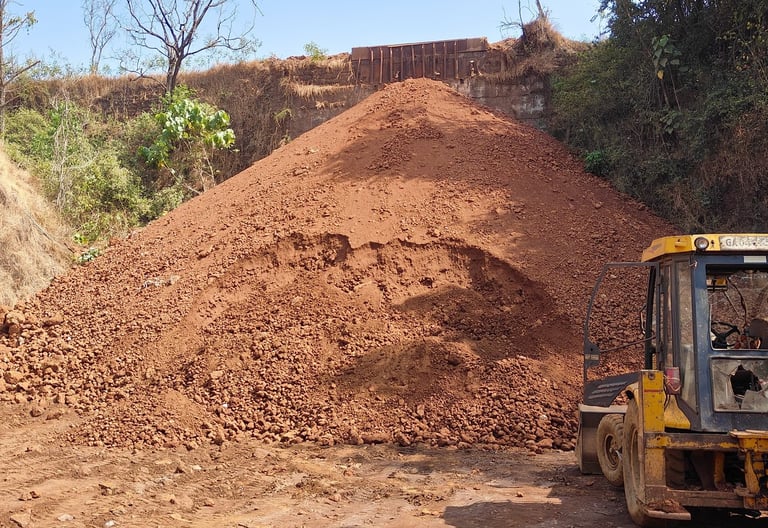

Iron ore fines are the finely crushed particles of iron ore, generally less than 10 mm in size. These are produced during the processing of ROM (Run-of-Mine) iron ore through crushing and screening. Fines are a highly significant product in the global iron and steel industry, accounting for a large share of bulk iron ore exports, especially to countries like China, Japan, and South Korea.
Fines are valued for their high surface area and ease of sintering or pelletizing, though they cannot be used directly in traditional blast furnaces. The Fe content of fines can range from 48% to 58.5%, and they are graded and priced accordingly in the international market. Most buyers classify fines into Low Grade (<58% Fe), Medium Grade (50–54% Fe), and High Grade (54 – 58% Fe).
Because fines are very small particles, they tend to generate dust during handling and transport. This can pose challenges in logistics, environmental compliance, and worker safety. Therefore, special handling methods are used, such as moisture control, covered conveyors, and dust suppression systems at ports.
Iron ore fines are predominantly used in sinter plants to produce sintered ore, which is then used in blast furnaces. Alternatively, they are used to produce iron ore pellets through the pelletizing process. These processes help convert fines into a form suitable for use in steel plants.
Another key consideration is the shipping cost. Fines generally have a lower market value compared to lump ore, but their widespread availability and ease of beneficiation make them a crucial raw material. Major mining companies around the world, including those in India, Brazil, and Australia, heavily rely on fines exports to drive revenue.
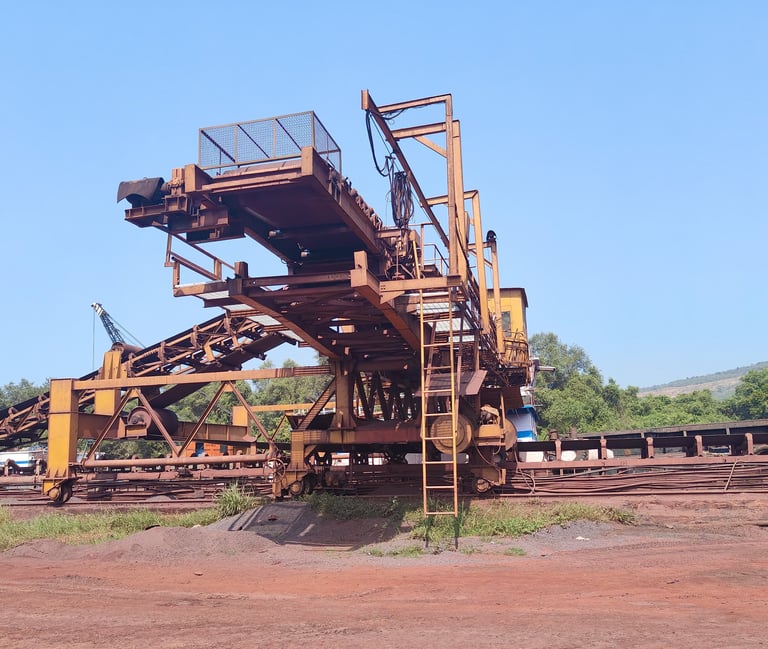


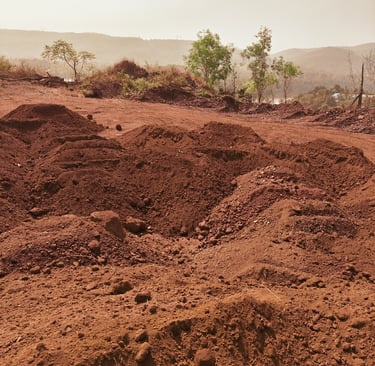
In recent years, demand for fines has increased due to the flexibility they offer in steelmaking processes. Many plants now incorporate advanced sintering technologies that allow for higher fine ratios in the burden mix. This evolution in processing methods has opened up newer applications for lower-grade fines, enhancing their market relevance.

Technological advancements in beneficiation have also played a critical role in optimizing iron ore fines. Techniques such as dry magnetic separation, flotation, and gravity separation are being widely employed to upgrade fines with lower Fe content, making them suitable for both domestic and export markets.
Sustainability is another important aspect. With growing global pressure to reduce carbon emissions in steelmaking, fines offer a pathway for greener operations when integrated into pelletization. Pellets made from fines enable lower coke usage and improved furnace efficiency, aligning with the environmental goals of modern steel mills.
At WAO Steels and Mines Export Pvt Ltd, we specialize in supplying high-grade iron ore fines ranging from 54% to 63.5% Fe. We adhere to rigorous quality control, moisture checks, and international logistics protocols to ensure every shipment meets the specific technical and commercial expectations of our global clients.
As part of our commitment to innovation, we work closely with partners and engineering institutions to improve fine ore handling, blending, and beneficiation practices—positioning WAO Steels as a reliable and future-forward exporter in the global mineral trade.
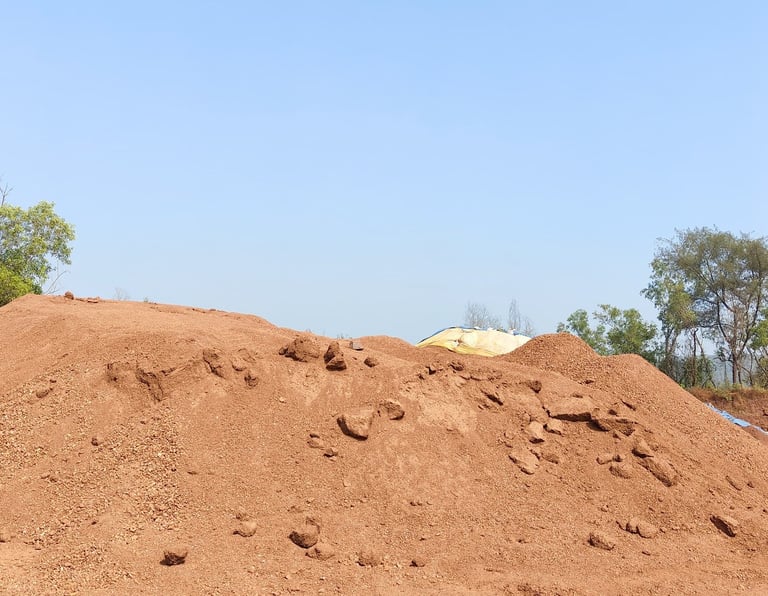

© 2025. Wao Steels and Mines Export Pvt Ltd. All rights reserved.
